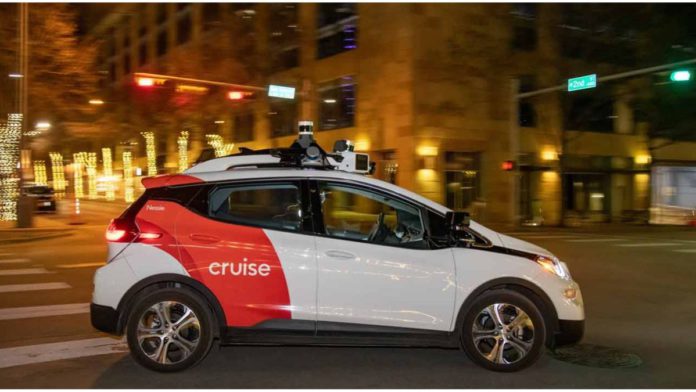San Francisco transportation authorities have expressed safety concerns over the rapid expansion of robotaxi services by Waymo and Cruise.
As reported by NBC News, the officials have written to the California Public Utilities Commission (CPUC) stating that the expansion is “unreasonable.” This is because there have been recent instances of autonomous vehicles halting and impeding traffic, preventing emergency personnel from responding.
The authorities have requested California regulators to either stop or slow down the expansion plans of both companies, who are in fierce competition to be the first to offer round-the-clock robotaxi service in the tech hub. In June, Cruise was granted a permit to offer paid rides in its autonomous vehicles (AVs) from 10 PM to 6 AM, followed by Waymo receiving a permit to provide fully driverless rides a few months later.
However, Waymo still needs additional permission from the CPUC in order to charge for its driverless rides. Meanwhile, despite receiving the license from the California Department of Motor Vehicles in December, Cruise still needs approval from the CPUC before expanding the hours of its commercial service.
Fortunately, there haven’t been any documented fatalities in San Francisco caused by Cruise or Waymo vehicles. However, the companies need to address their occasional errors, such as an incident where a Cruise vehicle, unoccupied, made a humorous attempt to flee from the police. In a separate incident, which was reported on social media and recorded by municipal officials, five disabled Cruise vehicles fully blocked a street in the Mission District, delaying a public bus transporting 45 passengers for at least 13 minutes. Cruise’s autonomous vehicles have also interfered with firefighting operations, forcing firemen to shatter a car window in order to prevent it from ramming into their fire hoses.
Between late May and the end of December of last year, 92 incidences involving Cruise driverless cars stopping unexpectedly or erratically in travel lanes were reportedly documented by San Francisco authorities. Due to worries that the vehicles were blocking traffic and causing rear-end incidents with abrupt braking, the National Highway Traffic Safety Administration started an investigation into Cruise last December. In other instances, Cruise called 911 three times to report “unresponsive” passengers. However, when emergency workers arrived, they discovered that the passenger had simply fallen asleep.
Read More: Latest Research Solves Freeway Ramp Merging problem of Autonomous Vehicles
The San Francisco Transportation Authority endorses the growth of driverless technology, but calls for increased transparency and stronger safety measures. Officials urge companies to gather additional information about the performance of the vehicles, particularly the frequency and duration of traffic jams. The authorities plan to restrict the operation of these companies to the “downtown core streets” during peak hours until they can show that they can run efficiently without interfering with street operations or transit services.


